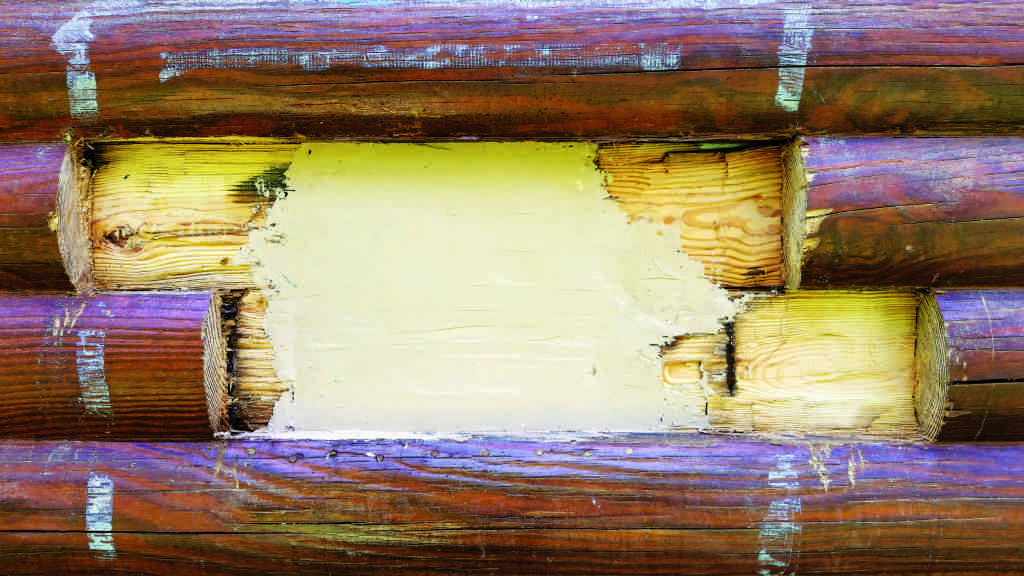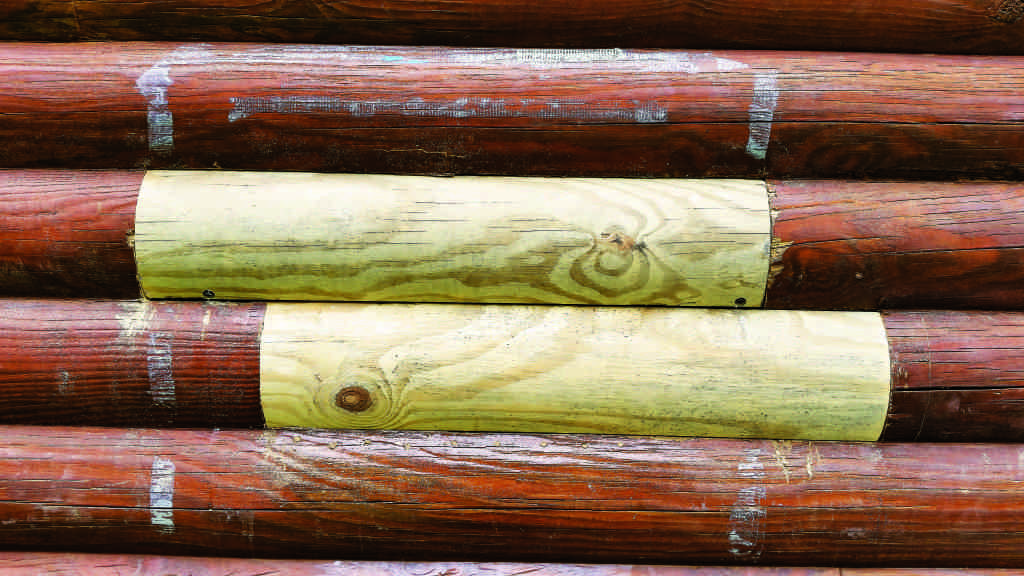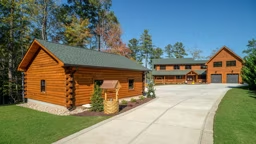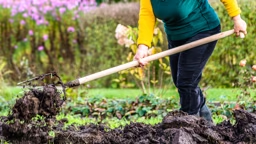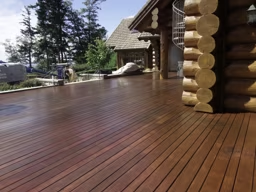Accidental Damage
You may accidentally mar the surface of your wall. Many homeowners decide it’s just a “character feature” and let it be. If you decide to fix it, you have several options. For a small indentation or impression, try swelling it out again by holding a wet, hot washcloth on it for a minute or two.
The hot water will cause the wood fibers to expand to their original shape. Cabinet-makers use this technique to eliminate “hammer blossoms.” If a chip is knocked out, glue it back in or sand and refinish where the chip came from. Both repairs have their challenges.
If you glue the chip in, Elmer’s glue works just fine. Use a thin film of glue and wipe away the excess. Apply pressure until the glue is dry — about 24 hours later — to ensure that the glue enters the cellular structure of the wood; otherwise, the adhesion will be weak.
With small chips, apply pressure with masking tape and gently remove it when the glue is dry. Larger work may need some sort of slanted board pressing against it for a day. If you need to, gently sand at the edges of the repair with 80-grit sandpaper.
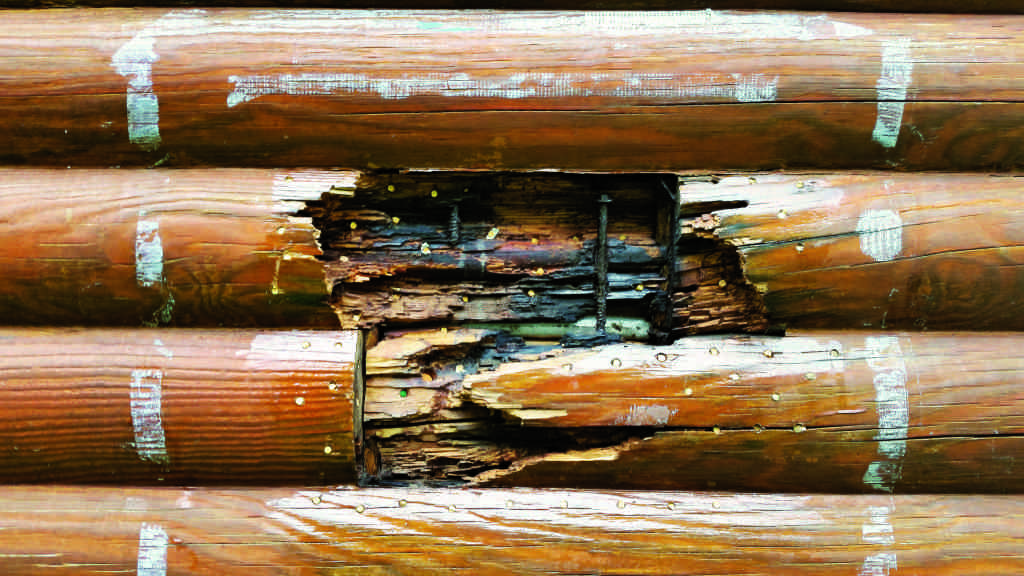 Neglect rarely leads to rot, but when it does, repairs proceed quickly because all the wood is exposed. Here the rot is dug out and any metal fasteners are removed. The remaining wood is smoothed with wood epoxy and the new log pieces are positioned.
Neglect rarely leads to rot, but when it does, repairs proceed quickly because all the wood is exposed. Here the rot is dug out and any metal fasteners are removed. The remaining wood is smoothed with wood epoxy and the new log pieces are positioned.
Exterior Structural Damage
If something strikes or falls against exterior logs, they might need to be replaced. Such a repair is not outside the scope of a reasonably handy owner, but it’s a big job. First, get replacement logs from the company that milled the originals. If you don’t know the company, try local sawmills or a specialty log-home repair company.
Then you need a heavy-duty reciprocating saw to cut the damaged portion away. You might also need metal-cutting blades to cut through any spikes or bolts that held the old log in place. If the damage is wide or high enough, the wall might have to be jacked up while work is under way.
This task is generally best left to professionals. Once the damaged log sections are out, install the new log sections and toenail them into position.
Insect Damage
Although termites and carpenter bees are found throughout the United States, properly treated and maintained logs aren’t vulnerable to the damage they cause. But be on your guard.
Telltale signs are little piles of sawdust below the holes insects bore. Termites and carpenter bee like wood that is moist. If you find insect damage, look for underlying causes of moisture and eliminate it.
You shouldn’t have any further insect problem. You can plug insect holes with insecticide. You can pour in borates or insert borate plugs. Borates are nontoxic to humans and are widely available from log-home maintenance companies.




